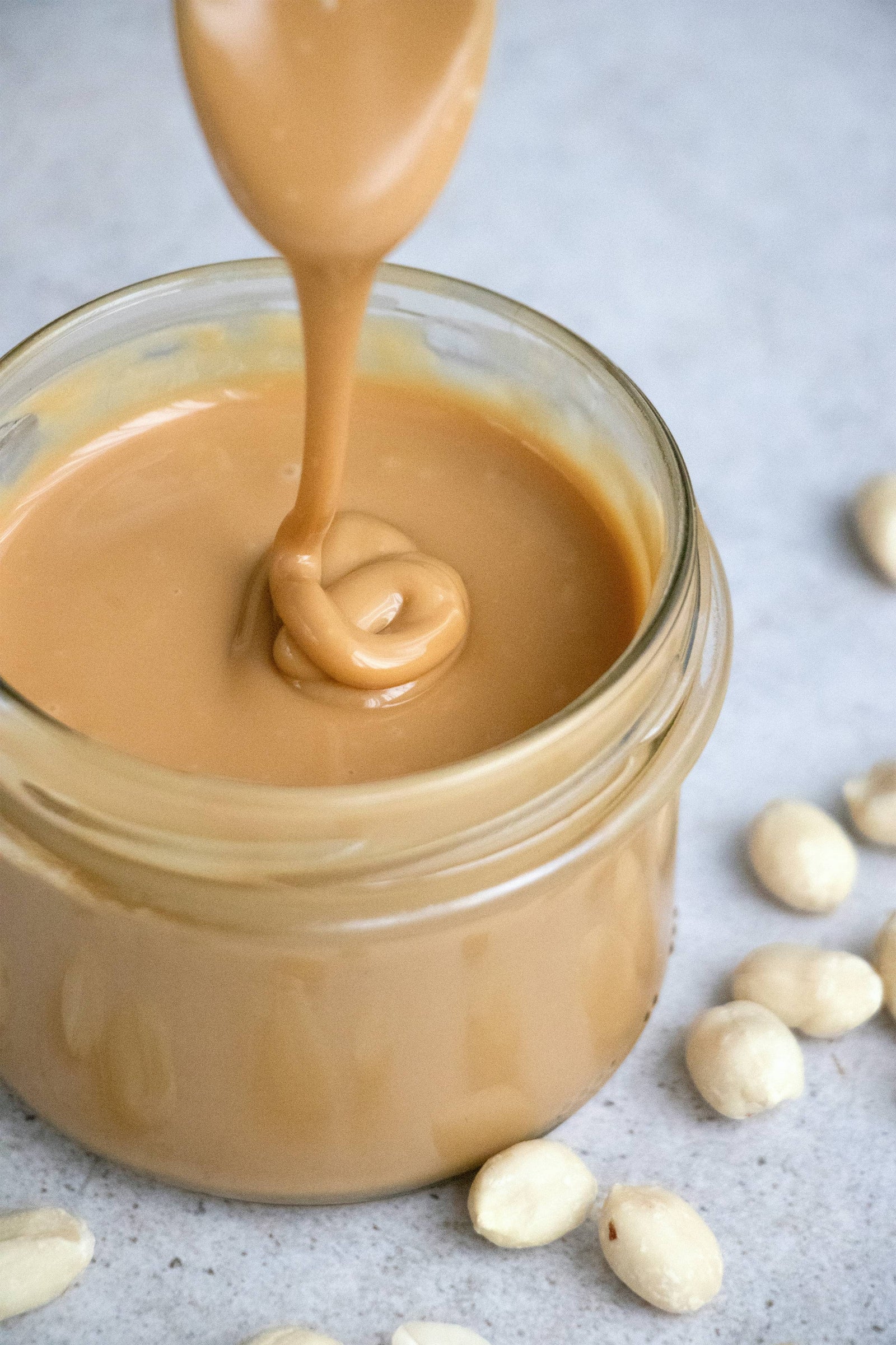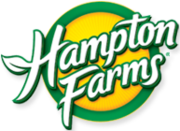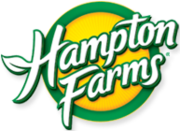Origin of Peanut Butter

Learn about the origin of peanut butter, from its early days as a simple paste to the modern creamy and crunchy staples found in pantries around the world. This post examines the fascinating history of peanut butter, tracing its journey from a simple ancient food to a modern-day favorite. We'll explore the inventors who shaped peanut butter's evolution, product changes along the way, and how it eventually earned a permanent spot on our grocery shelves.
Who Invented Peanut Butter?
Contrary to what you might have heard, George Washington Carver wasn't the inventor of peanut butter. While he championed the peanut's potential with over 300 uses, the spread we love today has a much longer history. The journey began in Central and South America as early as 1500 B.C., where peanuts were a native crop. The ancient Incas and Aztecs are credited with grinding roasted peanuts into a thick paste, laying the groundwork for what would later become peanut butter.
In 1884, Canadian chemist Marcus Gilmore Edson took things a step further. Edson milled roasted peanuts between two hot surfaces, creating paste with a thicker, more peanut butter-like consistency. He added sweetener to this product and patented his creation as "peanut candy." A few years later, in 1890, a St. Louis physician developed a similar but thicker peanut paste for patients with dental issues, touting its protein content.
When Was Peanut Butter Invented?
In the late 1890s, Dr. John Harvey Kellogg, the creator of Kellogg's cereal, took peanut butter to the next level. Building on earlier inventions, he developed a more accessible peanut butter by boiling and grinding peanuts into a thick, creamy spread. This innovation wasn't just about taste (although Dr. Kellogg believed it to be delicious), it also provided a protein-rich option for those at his sanitarium who had chewing difficulties.
Peanut Butter and the Peanut Grinder
Dr. Kellogg's peanut butter creation gained traction as a healthy protein alternative, especially among his famous clientele. With figures like Henry Ford and Amelia Earhart endorsing it, peanut butter's popularity soared. Housewives, eager to provide nutritious snacks for their families, took matters into their own hands. They began using their trusty meat grinders to create homemade peanut butter spreads.
In 1903, Dr. Ambrose Straub further revolutionized the manufacture of this delectable concoction with his peanut butter grinder, making the process a breeze. This handy invention paved the way for mass production, allowing businesses to offer peanut butter at grocery stores nationwide. World War I, with its wartime meat rationing, only solidified peanut butter's place as a delicious, protein-packed pantry staple.
Today, peanut and nut butters are more popular than ever. The most recent study, conducted in 2021, shows that peanuts and peanut butter consumption are on the rise. After all, peanut butter might just be the perfect food, whether you add it to a stir fry, slather it on toast, or eat it right from the jar. Now that you know more about the origin of peanut butter and who invented it, learn how to make your own peanut butter at home using fresh Hampton Farms shelled peanuts.


Leave a comment